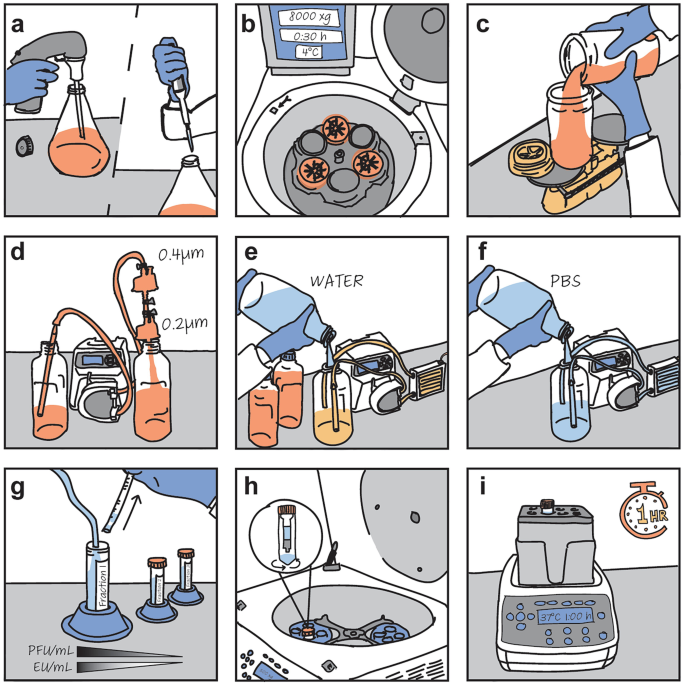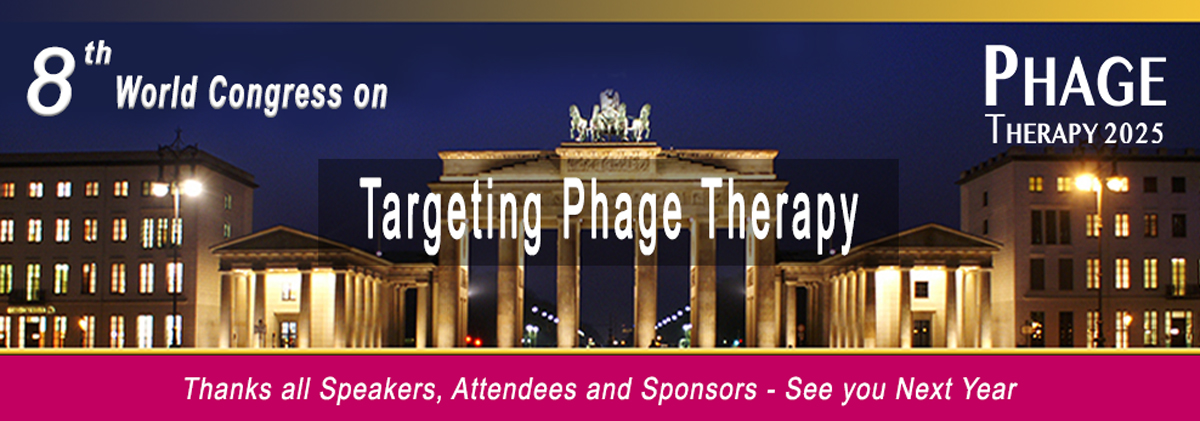
An excellent paper by Luong et al. from San Diego State University has recently been published by Springer on Bacteriophage Therapy: From Lab to Clinical Practice. The comprehensive content of the paper includes:
1. Historical Context: Bacteriophages have been used in human therapeutics for over a century, with significant advancements in production techniques.
2. Modern Phage Preparations: Contemporary phage preparations are characterized by lower bacterial toxin content, reducing adverse effects and making them more suitable for therapeutic use.
3. Role in Treating MDR Infections: Due to their efficacy, therapeutic phages are increasingly being utilized for the compassionate treatment of multidrug-resistant infections.
4. Production and Ultrapurification Protocol: The article outlines a protocol for producing and ultrapurifying phages, capable of yielding over 10^9 plaque-forming units per mL for Gram-negative phages within 48 hours, compliant with FDA endotoxin limits for intravenous infusions.
5. Laboratory Requirements: The process requires a lab experienced in phage production techniques.
6. Process Illustrations and Safety Tips: Detailed illustrations and safety tips are provided to guide the removal of bacterial toxins from phage lysates.
7. Flexibility and Applications: While dependent on the phage strain, this approach is versatile and can be adapted for rapidly generating and purifying phages for various applications.
Image Credits: Luong et al. Bacteriophage Therapy. Methods in Molecular Biology, vol 2734.
